In the world of fasteners, small screws often pose a big challenge. They seem to have a knack for slipping out of place or coming loose at the most inconvenient times. But fear not, because Loctite 222 is here to save the day. As the must-have solution for securing small screws and fasteners, Loctite 222 provides a reliable and long-lasting bond that ensures your fasteners stay put.
With its low-strength formula, Loctite 222 is specifically designed for smaller screws and fasteners, making it the go-to choice for professionals and DIY enthusiasts alike. Its easy-to-use applicator allows for precise and controlled application, ensuring that a little goes a long way.
Common challenges with small screws and fasteners
Small screws and fasteners are often overlooked but play a crucial role in the stability and functionality of various devices and equipment. These tiny components hold everything together, ensuring that parts stay in place and function properly. However, due to their size, they are more susceptible to vibrations, temperature changes, and other external factors that can cause them to come loose.
When small screws and fasteners become loose, it can lead to a range of problems. In the case of delicate electronics, a loose screw can disrupt the circuitry and cause malfunctions or even permanent damage. In machinery, loose fasteners can lead to imprecise movements, increased wear and tear, and potential safety hazards. That's why it's crucial to find a reliable solution to keep these small components securely in place.
How to use Loctite 222 effectively
Loctite 222 low-strength formula is ideal for small screws and fasteners. Unlike high-strength threadlockers that require significant effort to remove, Loctite 222 allows for easy disassembly when needed. This is especially important in applications where frequent maintenance or adjustments are required.
Clean the surfaces: Before applying Loctite 222, ensure that the surfaces are clean and free from dirt, oil, and other contaminants. Use an appropriate cleaning agent to remove any residue that may interfere with the adhesive's effectiveness.
Apply a small amount: Loctite 222 is designed to work with a minimal amount of adhesive. Apply a small drop directly to the threads of the screw or fastener. Avoid over-application, as excess adhesive can seep out and create a messy appearance.
Assemble the parts: Immediately after applying Loctite 222, assemble the parts and tighten the screw or fastener to the desired torque. The adhesive will start to cure once the parts are assembled, creating a strong and reliable bond.
Allow curing time: Loctite 222 requires a curing time of approximately 24 hours to reach its full strength. Avoid applying excessive stress or load on the fastened parts during this period to ensure the bond fully develops.
Conclusion
Loctite 222 stands as the ultimate must-have solution for securing small screws and fasteners. Its exceptional reliability and performance have made it an indispensable tool for various industries and DIY enthusiasts alike.

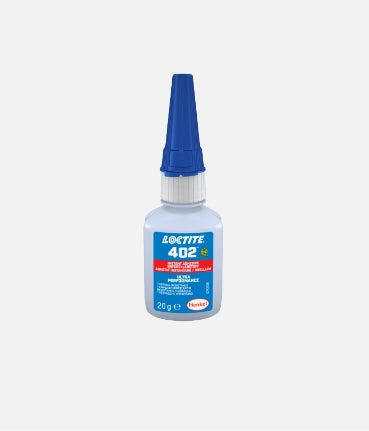
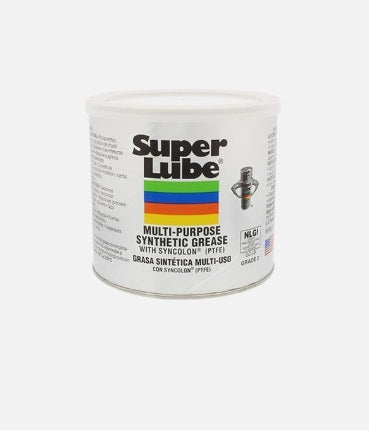
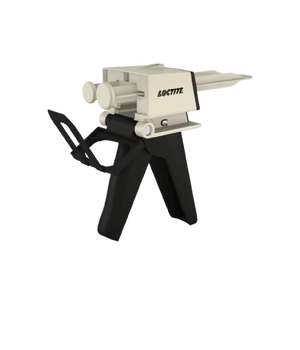

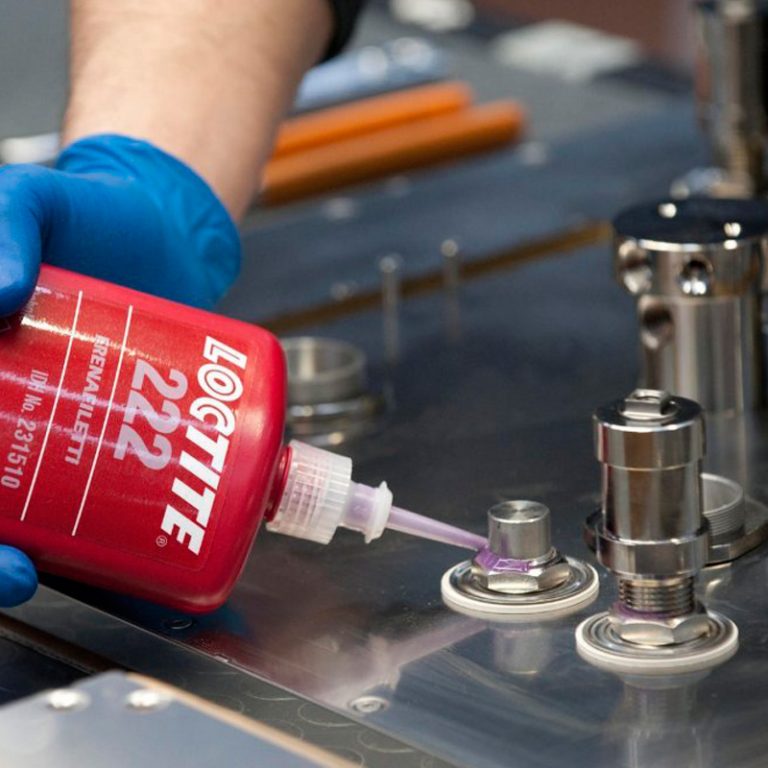

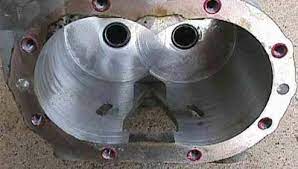
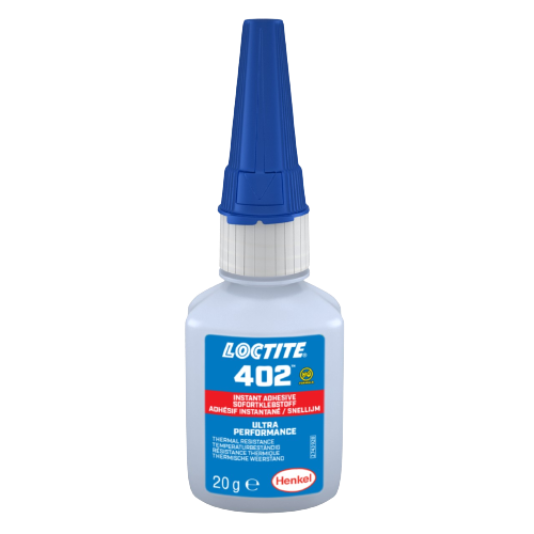
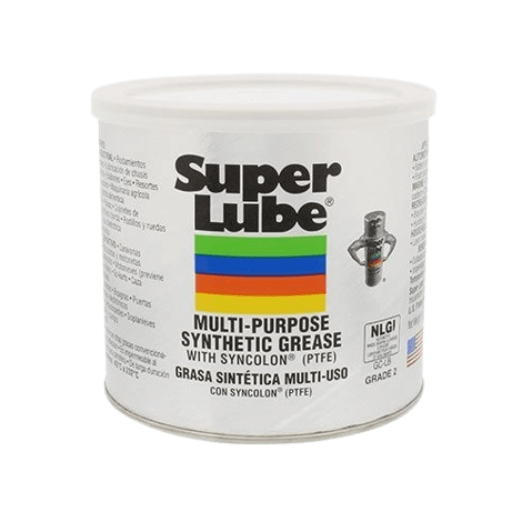
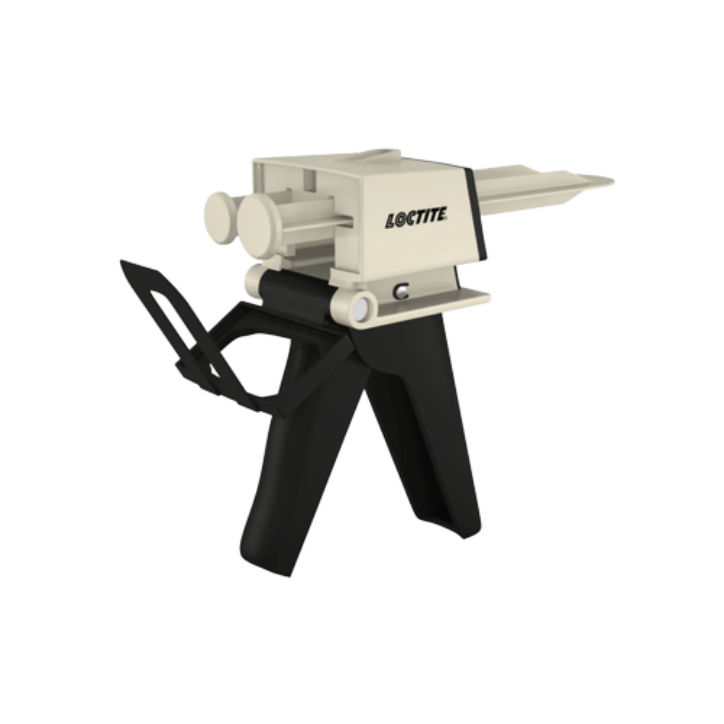

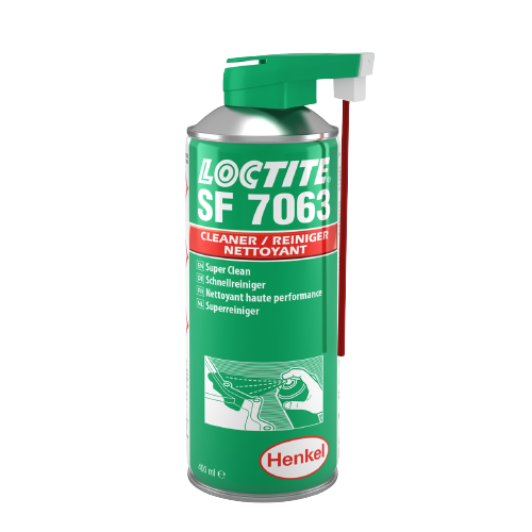
Leave a comment
All comments are moderated before being published.
This site is protected by reCAPTCHA and the Google Privacy Policy and Terms of Service apply.